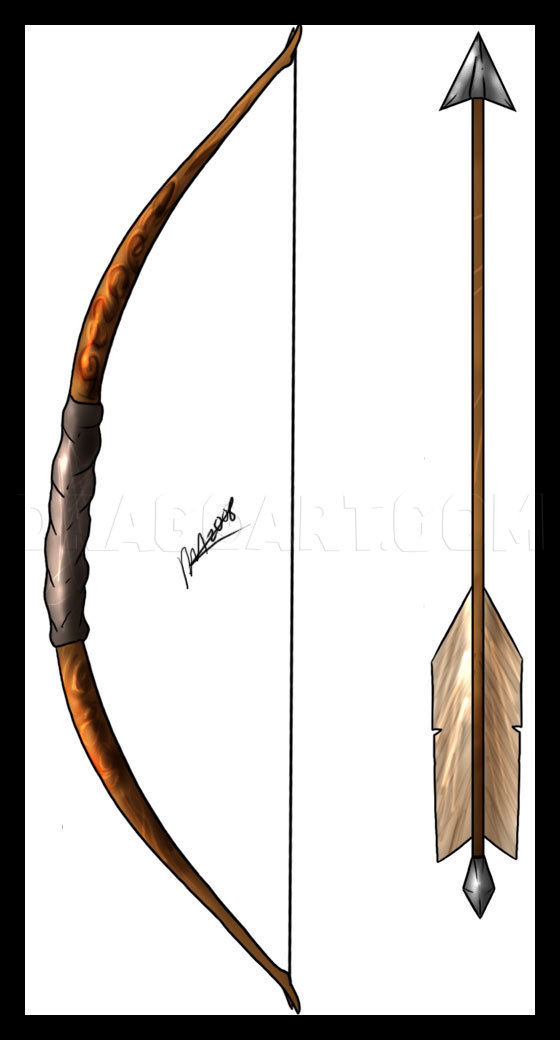When we today think of technology, its all about computers or computer related devices.
At one point, a stick, some string, and a flexible thin piece of wood was advanced technology.
The bow and arrow, a seemingly simple weapon, holds a surprisingly sophisticated place in human history. For millennia, it wasn't just a tool for hunting, it was cutting-edge technology that revolutionized warfare, shaped societies, and serves as a testament to the ingenuity of our ancestors.
A Leap Forward in Hunting
Imagine a time before bows and arrows. Our early human ancestors relied on spears and atlatls, forcing them to get dangerously close to large prey. The invention of the bow and arrow, estimated to be around 71,000 years ago in Africa, changed everything. Hunters could now take down animals from a safe distance, leading to a more consistent and safer food supply. This advancement had a profound impact on the development of human societies.
Material Science and Engineering
Crafting an effective bow and arrow required a sophisticated understanding of material properties. Early bows were made from wood, with arrows fletched with feathers for stability and tipped with sharpened stone or bone for lethality. This demonstrates a deep knowledge of how to select and work various materials to create a functional and powerful weapon.
Warfare and Domination
The invention of the bow and arrow wasn't just a boon for hunters. Armies equipped with skilled archers could inflict casualties on their enemies from a distance, before they could even engage in close combat. This gave archers a significant advantage on the battlefield, shaping the course of warfare for centuries.
A Legacy That Endures
While firearms have largely replaced the bow and arrow in warfare, it has remained a vital tool for hunting in many cultures. Today, the bow and arrow is also enjoyed by recreational archers who appreciate the challenge, precision, and connection to history that archery provides.
The next time you see a bow and arrow, take a moment to appreciate its rich history and enduring legacy. It's a reminder that even the simplest technologies can have a profound impact on the course of human development.





Comments